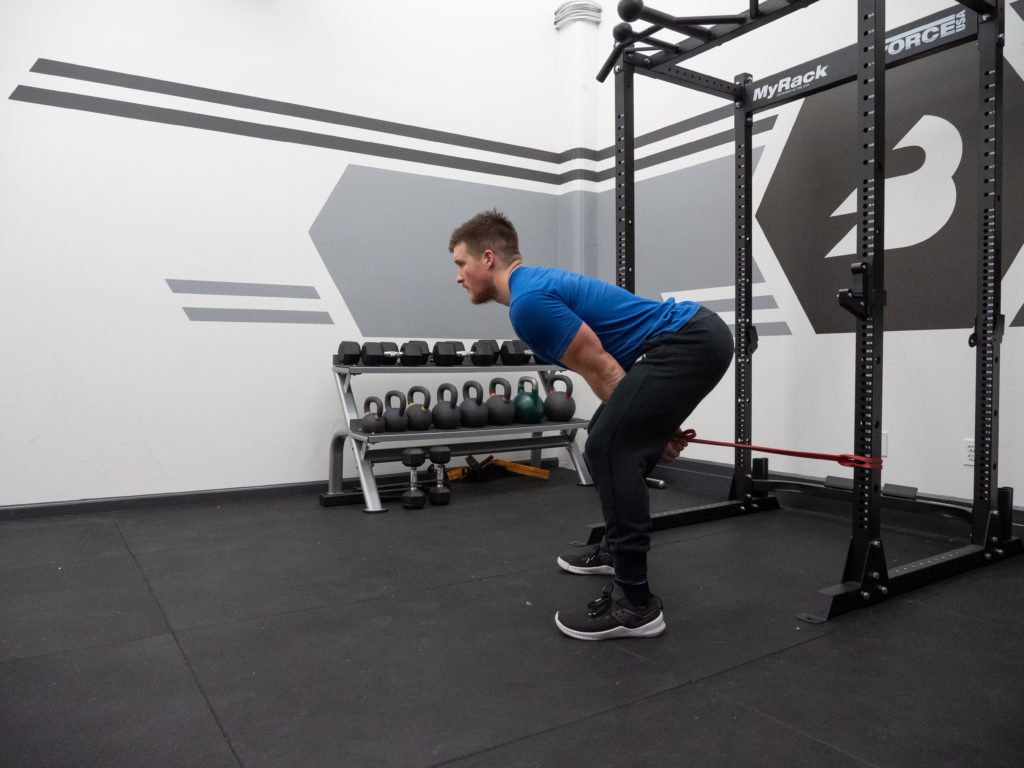
Are you looking for an effective exercise that targets your glutes, hamstrings, and lower back muscles? Look no further than the cable pull through! This exercise is a staple in many fitness routines and can help you build a strong lower body. In this article, we will discuss the muscles worked during the cable pull through and how to perform it correctly for maximum benefits.
What is a Cable Pull Through?

A cable pull through is a resistance exercise that targets the glutes, hamstrings, and lower back muscles. This exercise involves pulling a cable or resistance band through the legs while maintaining a stable upper body. It is a compound exercise that works multiple muscle groups at once.
Muscles Worked During Cable Pull Through

The primary muscles worked during the cable pull through are the glutes, hamstrings, and lower back muscles. The glutes are the largest muscle group in the body and are responsible for hip extension. The hamstrings are located on the back of the thigh and are responsible for knee flexion and hip extension. The lower back muscles, including the erector spinae, are responsible for spinal extension and stability.
In addition to the primary muscles, the cable pull through also engages the quadriceps, core, and upper back muscles for stabilization.
How to Perform the Cable Pull Through

To perform the cable pull through:
- Attach a rope or handle to a low pulley cable machine.
- Stand facing away from the machine with your feet shoulder-width apart and the cable between your legs.
- Grab the rope or handle with both hands and bend forward at the hips while keeping your back straight.
- Allow the cable to pass through your legs as you lower your body until your hands are between your legs.
- Drive your hips forward and extend your body back to the starting position.
- Repeat for the desired number of repetitions.
It is important to maintain proper form throughout the exercise. Keep your back straight and avoid rounding your shoulders. Engage your core and squeeze your glutes at the top of the movement for maximum benefit.
Variations of the Cable Pull Through

There are several variations of the cable pull through that can add variety to your workout and target different muscle groups:
- Single-leg cable pull through – perform the exercise with one leg at a time for greater glute activation.
- Sumo stance cable pull through – perform the exercise with a wider stance for greater inner thigh and glute activation.
- Banded cable pull through – use a resistance band instead of a cable machine for a different type of resistance.
Benefits of the Cable Pull Through

The cable pull through offers several benefits:
- Targets multiple muscle groups – works the glutes, hamstrings, and lower back muscles for a complete lower body workout.
- Improves hip mobility – the exercise involves hip extension, which can improve mobility and reduce the risk of injury.
- Increases strength – the cable pull through is a compound exercise that can help increase overall strength and power.
- Provides variety – there are several variations of the exercise that can add variety to your workout routine.
Conclusion
The cable pull through is an effective exercise that targets multiple muscle groups in the lower body. By incorporating this exercise into your workout routine, you can improve strength, mobility, and overall fitness. Remember to maintain proper form and try different variations to keep your workouts interesting and challenging.